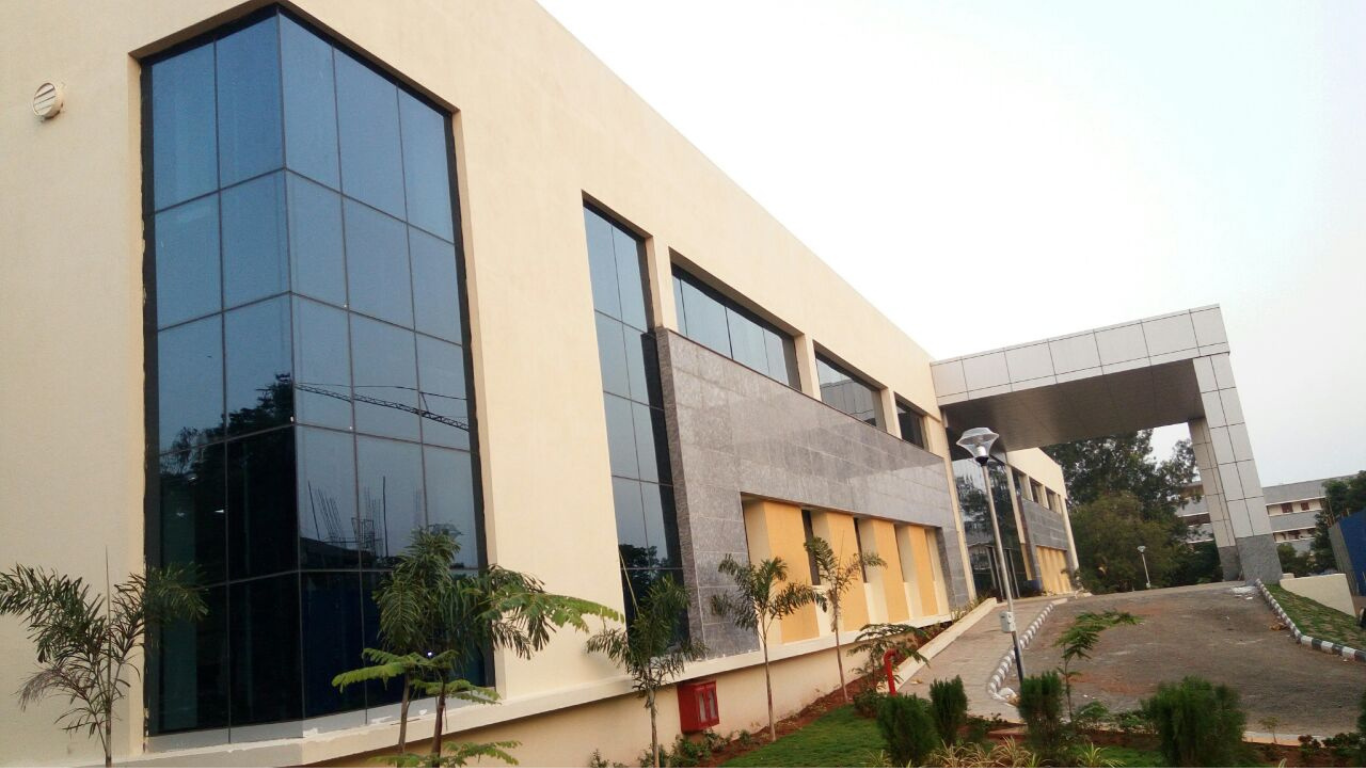A Bill of Quantities (BOQ) is a critical document in the construction process, especially for facade works. It serves as a detailed list of materials, parts, and labor required to complete the facade of a building. The BOQ provides a clear framework for pricing, tendering, and project management, enabling contractors to estimate costs accurately and ensuring that all aspects of the facade are accounted for. This guide outlines the key components, structure, and best practices for preparing a facade BOQ.
Key Components of a Facade BOQ
1. General Information
- Project Details: Include project name, location, and client information.
- BOQ Title Clearly state that the document pertains to the facade works.
- Date and Revision Indicate the date of preparation and any revisions to ensure clarity on the document’s version.
2. Measurement Units
- Standard Units: Specify the units of measurement used in the BOQ, such as square meters (m²) for area, linear meters (m) for lengths, and kilograms (kg) for weights.
- Measurement Methodology: Describe the methodology for measuring quantities, such as gross areas, net areas, or specific dimensions.
3. Facade Elements
A. Structural Components
- Masonry and Concrete Work: Include quantities for blockwork, brickwork, and concrete elements that form part of the facade.
- Framing Systems: Specify structural steel, aluminum, or other framing components needed to support the facade.
B. Cladding Materials
- Glass Panels: Provide details on types of glazing, thickness, area, and any special treatments (e.g., double glazing, low-E glass).
- Metal Panels: Include quantities for metal cladding, including finishes, coatings, and profiles (e.g., aluminum, steel).
- Stone or Brick Facings: Specify types of stone or brick, unit size, and total area required.
C. Insulation and Weatherproofing
- Insulation Materials: Quantify thermal insulation (e.g., rigid foam, mineral wool) to be used within the facade.
- Waterproofing Membranes: Include any membranes or coatings required to ensure water resistance.
D. Finishing Elements
- Sealants and Caulking: Specify types and quantities of sealants needed for joints and gaps.
- Paints and Coatings: Detail the types of finishes, primers, and paints required for the facade.
E. Accessories and Hardware
- Fasteners and Fixings: Quantify bolts, screws, anchors, and other hardware needed for assembly.
- Trim and Mouldings: Include quantities for any decorative elements, trims, or mouldings used in the facade design.


